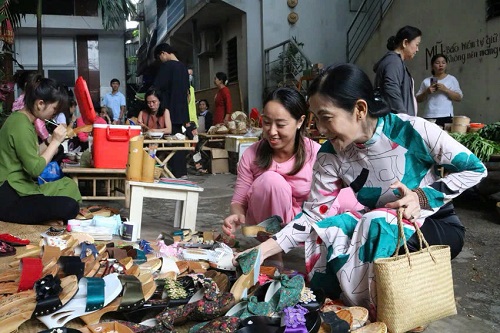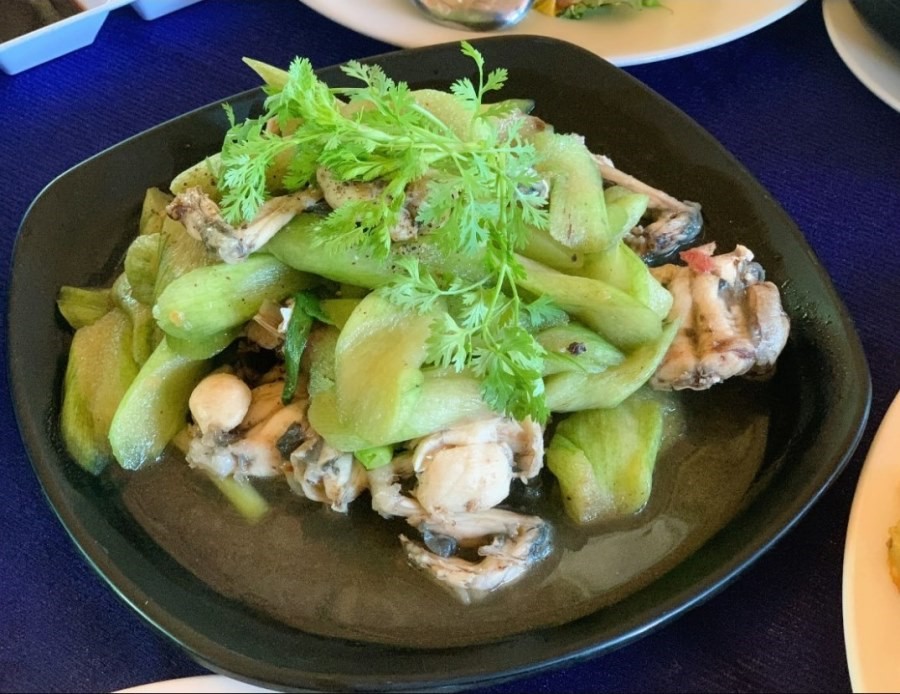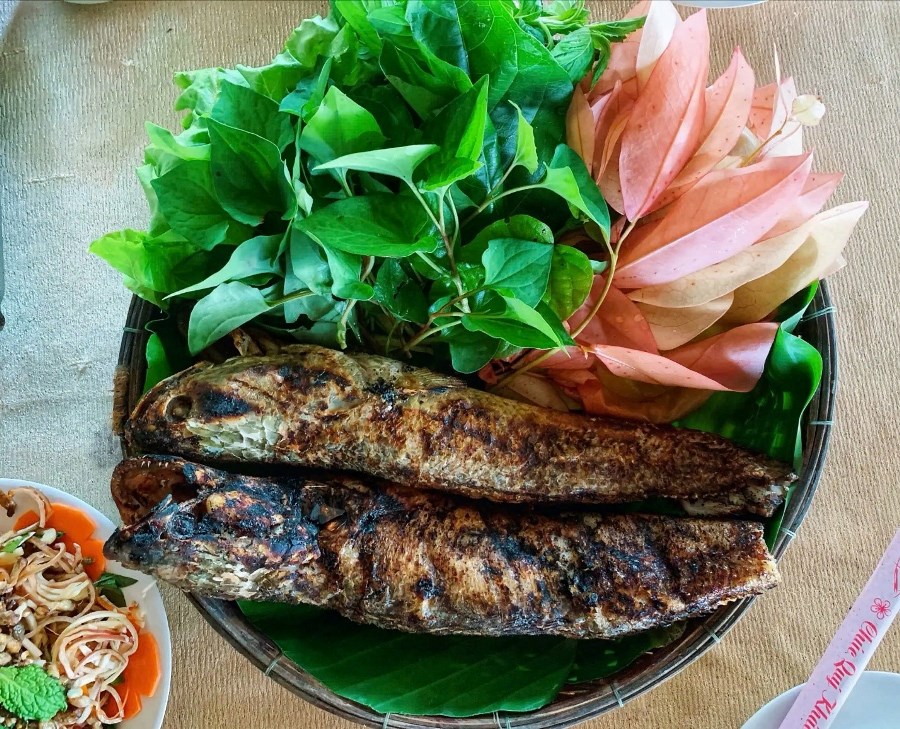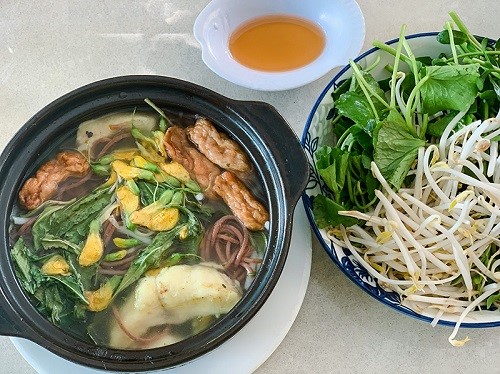
Most Vietnamese people walked barefoot in the past, and only royalty and high-ranking officials wore shoes. This habit persisted through the Trần dynasty, and even by the early 20th century, "the majority of people in Southern Vietnam (especially in rural areas) still went barefoot all day, except in the evening when they would bathe, change clothes, and wear clogs before going to bed." Many people owned just a single pair, reserved for special occasions or long-distance travel.
There are various explanations for the tradition of walking barefoot. One reason is that the Vietnamese rarely slaughtered cattle, which meant little leather was available for making shoes. The Đại Việt sử ký toàn thư (The Complete Annals of Đại Việt) recorded that in 1182, the royal court issued a ban on killing buffaloes. Scholar Lê Quý Đôn also noted in Kiến văn tiểu lục that Vietnam’s hot and humid climate contributed to the habit of not wearing head coverings or shoes, as it allowed for more convenient movement, eventually becoming a profoundly ingrained custom.
By the late 19th and early 20th centuries, various types of footwear became more widespread in Southern Vietnam under Western cultural influence. The most common types of clogs at that time were guốc ngù and guốc mộc.
Southern women particularly favored the guốc ngù ngà. These clogs had no straps; instead, they featured a small knob (ngù), which the wearer gripped between the big toe and the second toe. The knob was often made of ivory, hence the name ngù ngà, though some were crafted from bone or metal. This type of clog gained popularity between 1916 and 1917 before disappearing entirely. Its decline was accompanied by humorous legends, one of which claims that husbands, seeking to protect their wallets from their wives' expensive tastes, paid a newspaper to spread rumors that the friction between the ivory knob and the skin could cause toxic substances to seep into the body, leading to incurable diseases.
Meanwhile, guốc mộc, made from the lightweight vông tree, was widely used among commoners. Early wooden clogs were thick and rough and featured rectangular holes on the sides. People inserted small wooden wedges to attach the straps, which could loosen or fall out over time, requiring frequent adjustments. Straps were made from any available durable material, with dried coconut husks being the most common choice. In 1910, a new clog style with a single strap fastened by nails—known as guốc Sài Gòn—emerged in Saigon and spread nationwide. Initially unpainted, these clogs were later coated in black or dark brown lacquer, leading to the term guốc sơn (lacquered clogs) to distinguish them from the previous unpainted versions.
After 1945, wooden clogs underwent significant changes in color and design, incorporating elements such as painted decorations, multiple strap styles, and high heels. From this period onward, wooden clogs entered a "design revolution," transforming from a simple necessity into a fashionable item for women. They evolved beyond their traditional wooden structure, embracing new materials like plastic.
By the 21st century, wooden clogs have radically transformed shape, color, and material. Modern clog design involves precise calculations of slope angles to ensure proper foot arch support, balanced weight distribution, and even massage benefits for pressure points. The straps now come in diverse styles and materials, ranging from plastic and synthetic leather to velvet, fabric, embroidered embellishments, and even silver inlays. Clogs have also incorporated back straps, bridging the gap between traditional clogs, sandals, and shoes. Their soles now feature various shapes—square, pointed, or rounded—while the heels range from solid to hollow, straight to curved, and low to towering heights. Vietnamese wooden clogs have even entered the global fashion scene, competing in the international market with high-quality designs.
Although clogs are no longer as widely used as in the past, they remain a cherished cultural symbol, standing alongside the conical hat and the áo dài as an emblem of Vietnamese heritage. The wooden clog embodies the essence of Vietnamese femininity—gentle, graceful, and subtly charming—not only in appearance but also in how it is perceived and appreciated.
Source: Cantho News - Translated by Hoang Dat












